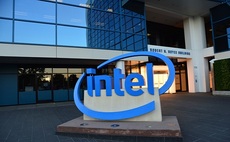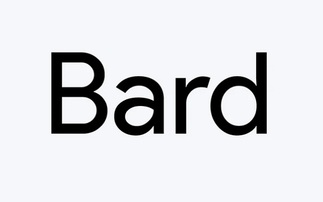When you've got millions of customer details but no way to connect them, it's time to build a bigger graph...
London-based social platform JustGiving offers an increasingly popular way to donate money to charities and worthy causes. Some 22 million users have so far raised about $3bn, and the service is a...
To continue reading this article...
Join Computing
- Unlimited access to real-time news, analysis and opinion from the technology industry
- Receive important and breaking news in our daily newsletter
- Be the first to hear about our events and awards programmes
- Join live member only interviews with IT leaders at the ‘IT Lounge’; your chance to ask your burning tech questions and have them answered
- Access to the Computing Delta hub providing market intelligence and research
- Receive our members-only newsletter with exclusive opinion pieces from senior IT Leaders






















